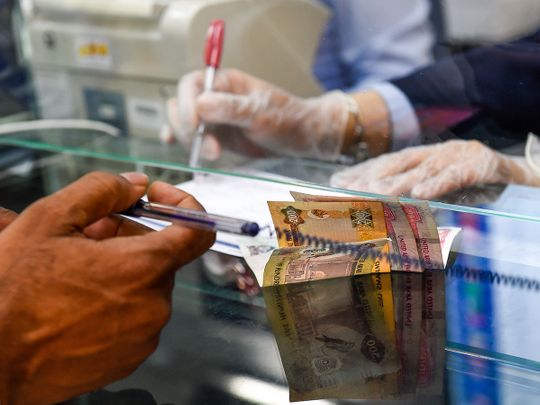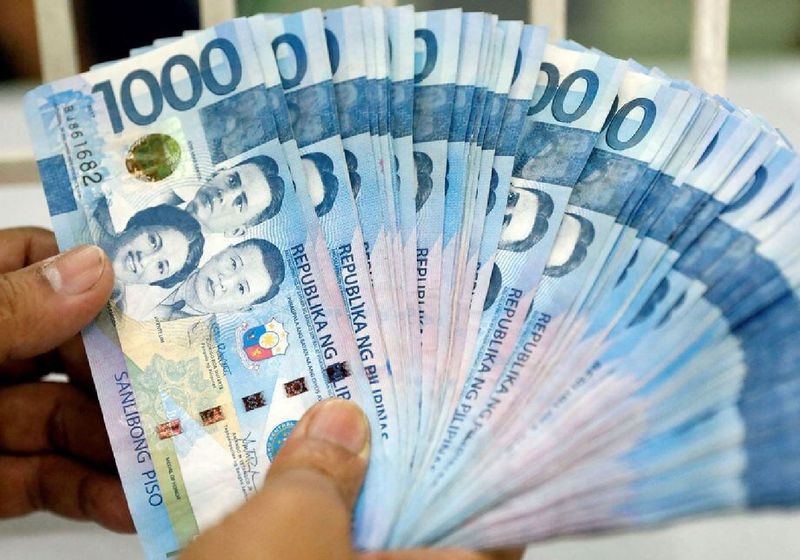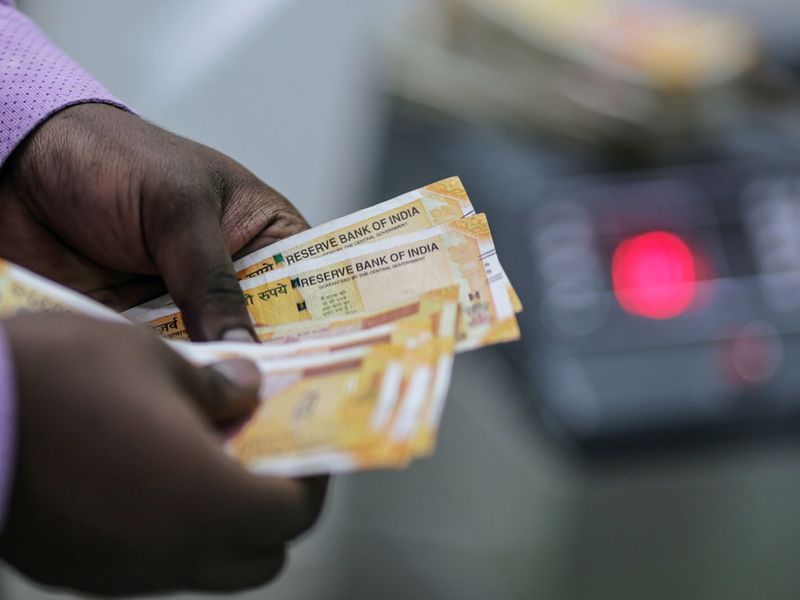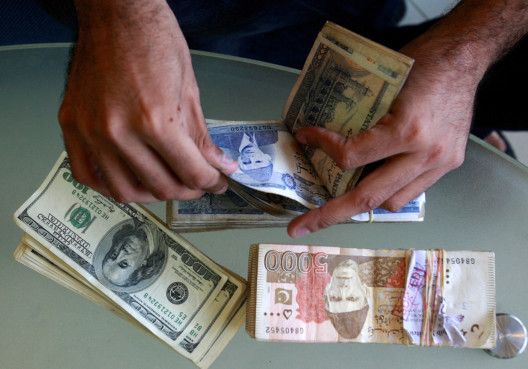
Dubai: Good news! Sending money from the UAE to select countries just got more financially savvy! Here's the deal.
Among popular South Asian currencies, the Indian rupee and Philippine peso are seen weakening, while the Pakistani rupee is expected to strengthen against the UAE dirham in the coming weeks.
This translates to more bang for your buck: When sending UAE dirhams home, you'll get more local currency for your loved ones.
Ready to leverage these remittance-friendly rates? Here's what to do…
Will your currency back home rise or fall in April?
When it comes to sending money back home, it is vital to know whether it is currently an ideal time to remit. To understand whether it is or isn’t, one should first find out if your currency back home is expected to rise or fall in the days to come. Check live forex rates here.
Here is an analysis of how the currencies have been performing and expected to perform in the coming weeks and month, to help understand whether remitting money now is profitable or cost-effective, or should you wait it out for a few weeks for a better rate to come along.
Philippine peso value to weaken soon, remit later

The peso was at 15.31 to the UAE dirham and at 56.22 against the US dollar, and these rates are seen edging lower over the next four weeks. Before ending April at 15.23, the exchange rate is seen hitting a low value point of 15.37 within the first two weeks, according to research, making it the most cost-effective to remit when it does.
While a weaker peso would mean a better exchange rate for overseas Filipino workers (OFWs) who send money home in US dollars, or a currency pegged to the greenback, a weaker peso would also mean that you will get comparatively more pesos for your UAE dirham’s worth back home.
As the value of the Philippine peso is expected to further weaken in value against the UAE dirham in the first few weeks of April, such rates make it cost-effective to delay your remittance plans until it does.
Indian rupee value to drop in April, postpone remittances

While the Indian rupee was currently at 22.71 to the UAE dirham, the currency was at 83.40 against the US dollar. The Indian rupee fell to record low levels against the US dollar in 2023 but the currency regained its strength since.
According to new research, the Indian rupee is expected to slip against the UAE dirham for the first time in months, to Dh22.9 within the third and fourth week of April – which is below the level the currency is at currently.
As the exchange rate of Indian rupee will bounce back to stronger levels for expat remitters in the months after, it is financially prudent to remit by the middle of April. This is because you’ll get more Indian rupees for your UAE dirham’s worth when it does fall in value then.
While the Indian rupee has been choppy against the US dollar and the UAE dirham in the recent past, the volatility has decreased in the past year. However, as per new forecast estimates, flux is again expected to affect the currency’s exchange rates by the middle of 2024.
Pakistani rupee to rise vs UAE dirham, remit now

The exchange rate of the Pakistan rupee was at 277.95 against the US dollar (75.68 versus UAE dirham) and is expected to strengthen significantly in a month’s time, so it will profit you to remit soon, as forex rates will stay largely unchanged in the next few weeks.
According to research, the Pakistani rupee value is expected to rise the most in value to 75.07 towards the end of April against the UAE dirham, from the levels seen currently. Also, the currency’s value is expected to get even stronger by the month of June.
The Pakistani rupee has been falling against the US dollar and the UAE dirham in the interbank currency market for the past 12 months, weakening by over 20 per cent. Since the start of 2024, exchange rates have been sharply reversing and strengthening since.
These include factors such as imports and exports, inflation, employment, interest rates, growth rate, trade deficit, performance of equity markets, foreign exchange reserves, and macroeconomic policies, inflow of investments, banking capital, commodity prices and geopolitical conditions.
A possible decline against the dirham reflects the decline of the currencies' fall against the US dollar on which the UAE currency is pegged. However, if the US dollar weakens, the trends will reverse.
In other words, any weakness or strength in the value of your currency in your home country against the US dollar will be automatically reflected in its exchange rate with the UAE dirham as the UAE currency is pegged to the dollar.
Bottom line?
Remittance rates may seem largely favourable to remitters now as the value of most South Asian currencies are experiencing weaknesses. With the US dollar expected to only weaken further over the next six to 12 months, you can find more opportunities to send more money home when remitting UAE dirhams.






_resources1_16a4a1613d8_small.jpg)


